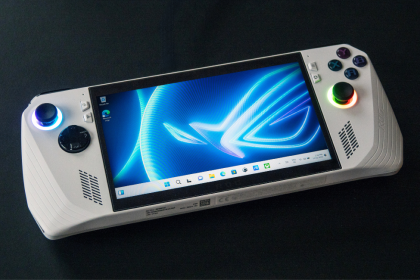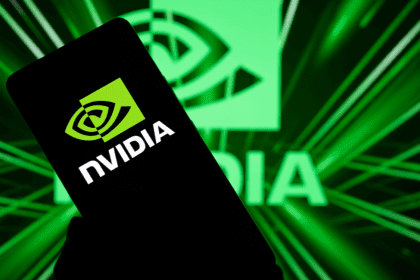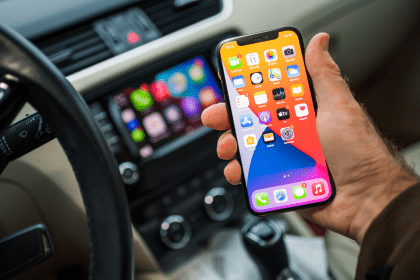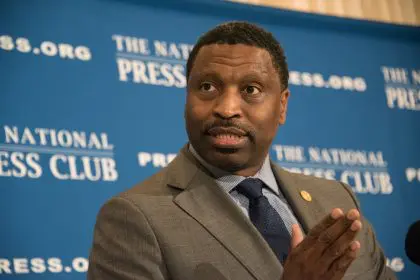The U.S. Secret Service has deployed a robotic dog named Spot to patrol the perimeter of President-elect’s Donald Trump‘s Mar-a-Lago resort in Florida. The introduction of this advanced technology marks a significant shift in presidential security protocols, representing an investment estimated at over $150,000 per unit.
Boston Dynamics manufactured the four-legged machine, which has become both a viral sensation and a stark symbol of a new era in security technology. Since its commercial release in 2020, the company has delivered over 1,000 Spot units worldwide.
Videos of Spot pacing the grounds of Mar-a-Lago have sparked heated debates online. TikTok users and late-night comedians alternately call the robot both “cute” and “creepy.” These videos have garnered millions of views across social media platforms, generating unprecedented public interest in security robotics.
While Spot is unarmed, it operates autonomously or via remote control along pre-programmed routes. The robot can navigate complex terrain at speeds up to 3.5 miles per hour and operates for up to 90 minutes on a single charge.
A warning emblazoned on its metallic legs — “DO NOT PET” — seems redundant given its menacing, non-cuddly appearance. At 2.75 feet tall and 65 pounds, Spot’s industrial design clearly prioritizes function over friendliness.
The deployment comes against the backdrop of heightened threats, including two assassination attempts on Trump in 2023, one at a Pennsylvania rally and another at Mar-a-Lago. These incidents led to a comprehensive review of security measures at all Trump properties.
With sprawling properties like Mar-a-Lago posing unique security challenges, Spot’s ability to traverse large areas efficiently offers clear advantages. The 20-acre estate requires constant surveillance, with traditional security methods requiring significant manpower.
The Secret Service has been tight-lipped about when these mechanical sentinels first joined Trump’s security detail, but Boston Dynamics confirmed its robots are part of the operation.
Spot’s use mirrors global trends, with militaries and police forces deploying similar technologies. From bomb squads in Pennsylvania to reconnaissance missions in Ukraine, robotic dogs are increasingly finding roles at the intersection of safety and surveillance.
The integration of AI-powered robotics into security operations represents a paradigm shift in protective services. Spot’s advanced sensors can detect unusual activity, monitor environmental conditions and provide real-time data to security personnel, capabilities that traditional security measures cannot match.
Security experts note that Spot’s deployment at Mar-a-Lago could set precedents for future presidential protection protocols. The robot’s proven track record in industrial and military applications suggests its potential for wider adoption in high-security environments. However, critics have raised concerns about privacy and civil liberties implications, particularly regarding Spot’s surveillance capabilities.
The robot’s deployment has also sparked discussions about the future of security workforce dynamics. While some fear job displacement, others suggest that robotic assistants will enhance rather than replace human security personnel, potentially creating new specialized roles in robotic security management.
Industry insiders predict that similar robotic security measures will become standard at other high-profile locations within the next five years. The success of Spot’s deployment at Mar-a-Lago could accelerate this trend, particularly at facilities requiring extensive perimeter security.
















